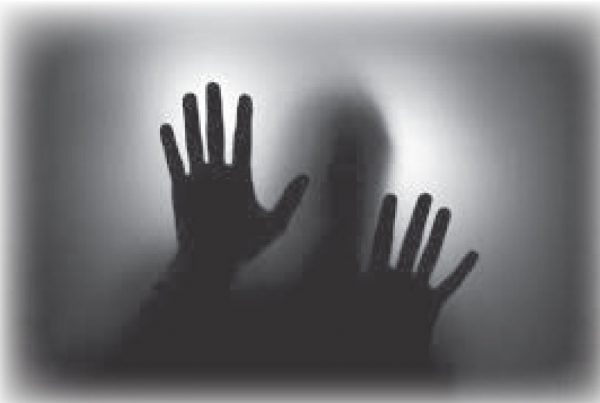
Much of what we know about pain comes from what happens in normal, problem-free recovery from injury or illness. In this situation, physical injury is causing the pain which is at its worst immediately after the injury. As the injury heals, pain gradually tapers off. By the time it has recovered, the pain is either gone away or at a minimal level. If we must have pain, this is how we want it to happen. Thankfully, it often does – but not always and not to everyone. In some cases, pain continues long after an injury has physically healed. It stays so long that we fear we will be stuck with pain forever. Pain can also start without any physical injury. No cause is found but the pain persists. When pain lasts much longer than expected or when it comes and stays for no known reason, it is considered to be chronic pain.
Among the general public, there is a lack of knowledge about pain. That can affect how people in pain see themselves and how society sees people in pain – and not in a good way. The goal of this article is to provide information about how pain is processed in the body and mind, and about what can be done to help people in pain.
To explain how pain is processed, let’s take the example of a broken ankle. Special nervous system cells in our ankle detect pain signals and send them to specific locations in the spinal column, then on to the brain. We only “feel” the pain when the pain signal reaches the brain (no brain, no pain). Many people think pain signals don’t change between the ankle and the brain. They think the pain received in the brain is exactly the same signal that left the ankle, and that the ankle injury is the only “cause” of pain. This is not necessarily the case. Pain signals on their way to the brain can be changed by how a person’s pain processing system reacts to the incoming signals. The first way this can happen is that the brain and/or sympathetic nervous system release chemicals that amplify or reduce the incoming pain signals. Secondly, the pain system has a lot of neurochemical “gates”. When the pain signal arrives at a gate, rules are applied that govern how the pain signal is transmitted through the gate. The signal may be blocked and not make it through. It may pass through unchanged; it may be amplified, or made weaker. Thirdly, following a big episode of acute pain, the pain systems of some people become much more sensitive to pain (hypersensitivity). Fourthly, our individual pain systems can work differently in very nitty-gritty, small but important ways to further modulate pain signals. This individuality can be behind the fact that two people with the same injury feel different amounts of pain, and why some have chronic pain while others do not.
If we have chronic pain, do we have to just give up and accept it? Absolutely not! Help is available to address and reduce chronic pain, and to manage the associated issues that can go along with it (e.g., workplace and family stress, activity and expectations management, changed relationships). Even if we cannot get rid of the pain altogether, the suffering can definitely be reduced navigate here. One common source of suffering is having to deal with the assumptions, questions, and even suspicions of people who are not well-informed about chronic pain. This can leave you feeling unsupported and out on a limb. I believe this is a big problem – for the person in pain and also for society.
One treatment approach used by psychologists, multidisciplinary pain clinics, and others is Chronic Pain Management. It helps with management of both chronic and acute pain (to prevent it from becoming chronic). Chronic Pain Management provides an approach tailored to each individual and focuses on the mind-body links that are associated with chronic pain. It includes treatments to help people get their pain system back to normal. Research shows that it helps reduce pain and improve quality of life. A Chronic Pain Management professional can also be an advocate on your behalf and help you work effectively with and get the best service from your health care team.
If you have chronic pain, do not suffer in silence. Get connected to care providers who understand the realities of chronic pain. They can and will help you.



